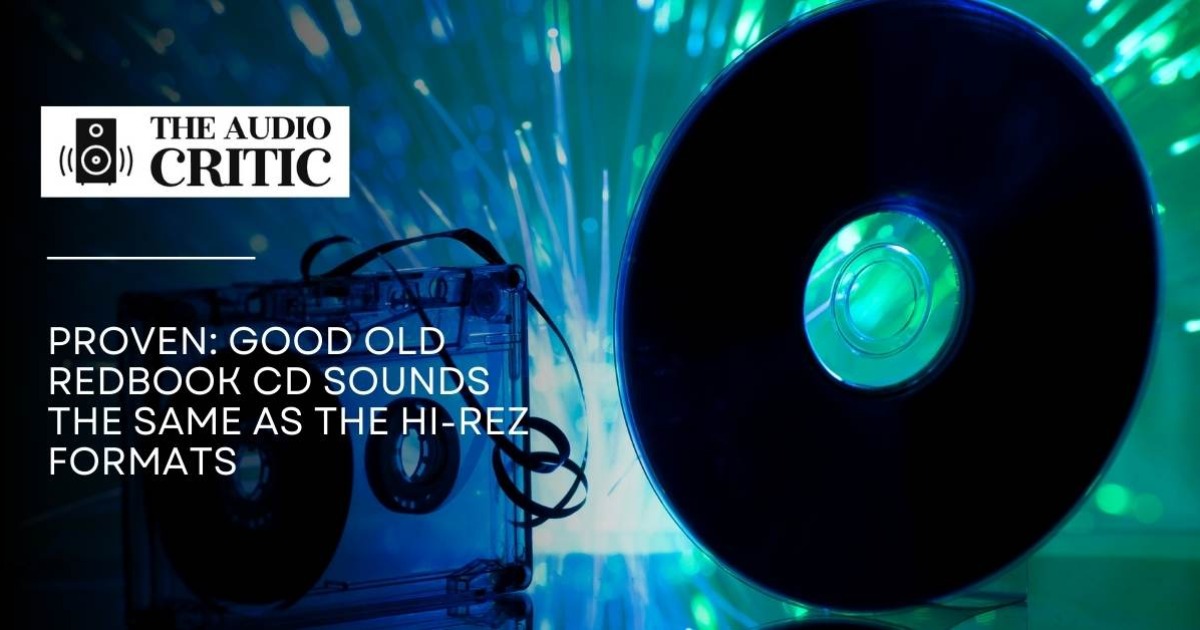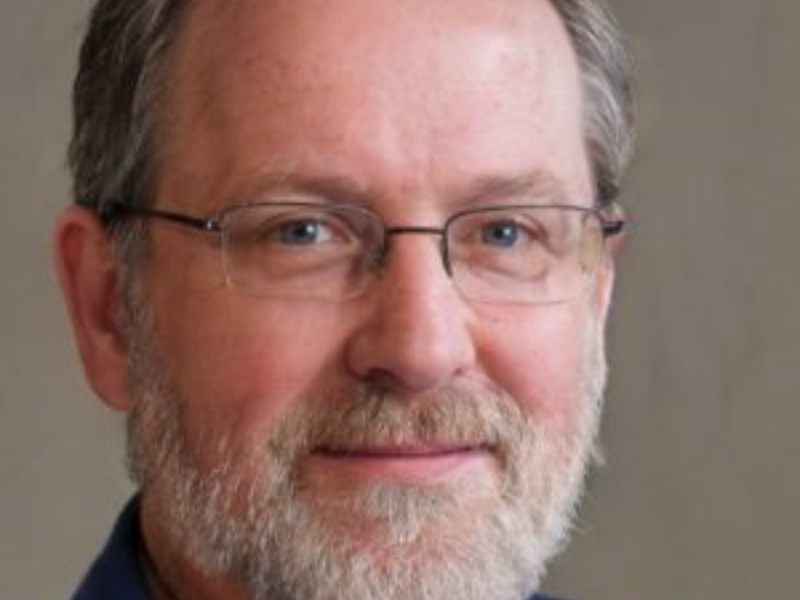Proven: Good Old Redbook CD Sounds the Same as the Hi-Rez Formats
- 17 Oct 2007 06:20
- 1465

In the September 2007 issue of the Journal of the Audio Engineering Society (Volume 55, Number 9), two veteran audio journalists who aren’t professional engineers, E. Brad Meyer and David R. Moran, present a breakthrough paper that contradicts all previous inputs by the engineering community. They prove beyond a shadow of a doubt, with literally hundreds of double-blind listening tests at matched levels, conducted over a period of more than a year, that the two-channel analog output of a high-end SACD/DVD-A player undergoes no audible change when passed through a 16-bit/44.1-kHz A/D/A processor. That means there’s no audible difference between the original CD standard (“Red Book”) and 24-bit/192-kHz PCM or 1-bit/2.8442-MHz DSD.
Please note that this is not just a disagreement with the cloud-cuckoo-land audiophiles but also with the highest engineering authorities, such as the formidable J. Robert Stuart of England’s Meridian Audio and others with similar credentials. That the Meyer-Moran tests leave no room for continued disagreements is an occasion for the most delicious Schadenfreude on the part of electronic soundalike advocates like yours truly. I stated my suspicions that SACD was no improvement over CD seven years ago, in my review of the first Sony SACD player, the SCD-1, in Issue No. 26 of The Audio Critic (downloadable from this website). I could hear no difference between the CD and SACD layers of the same disc when stopping the player and switching over, instant toggling between the two layers being impossible.
Now, Meyer and Moran are careful to point out that the new hi-rez formats generally sound better than standard CDs, but not because the processing technology is superior. The hi-rez discs are aimed at a more sophisticated market, and therefore the recording sessions and production techniques tend to be more sophisticated, more puristic, in terms of microphoning, compression, editing, etc. The use of a standard 16-bit/44.1-kHz processor as a “bottleneck” in the Meyer-Moran tests eliminated this concern. Comparing the CD and SACD layers of the same disc also eliminates it.
It should also be pointed out that more bits and a higher sampling rate in recording are still a good thing because they permit a little bit of unavoidable sloppiness, so that you can still comfortably end up with 16-bit dynamics and 20 kHz bandwidth. Meyer and Moran do not say that 14 or 15 bits in a truncated CD are just as good as 20. What they say is that spot-on 16-bit/44.1-kHz processing is as good as it gets, audibly.
Finally, let’s not confuse the Meyer-Moran tests with stereo vs. surround sound comparisons. All of the above has to do with the two channels, left and right, of stereo recordings, nothing else. The musical value of additional surround channels is something I have been wondering about lately, but that’s an altogether different subject.
—Peter Aczel
